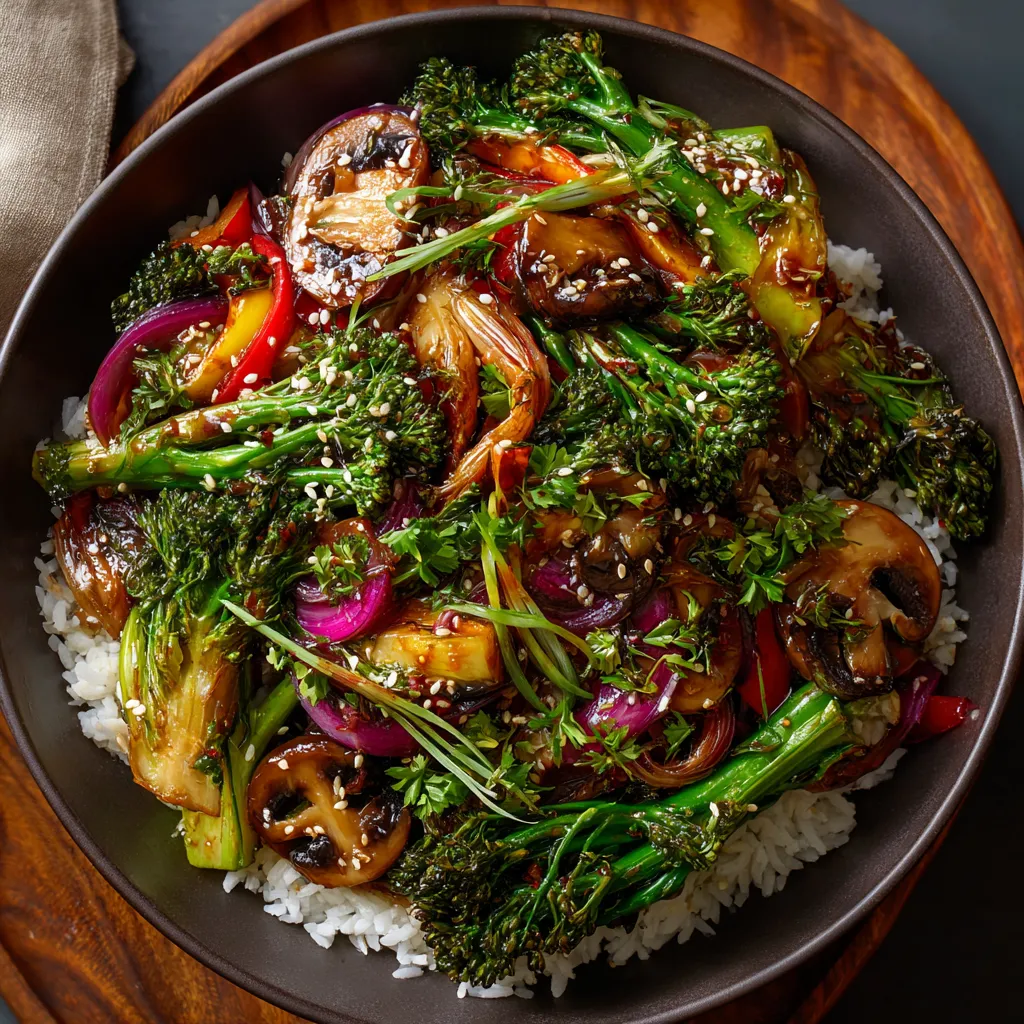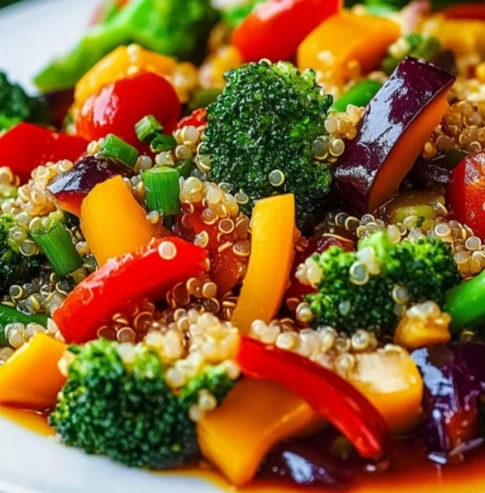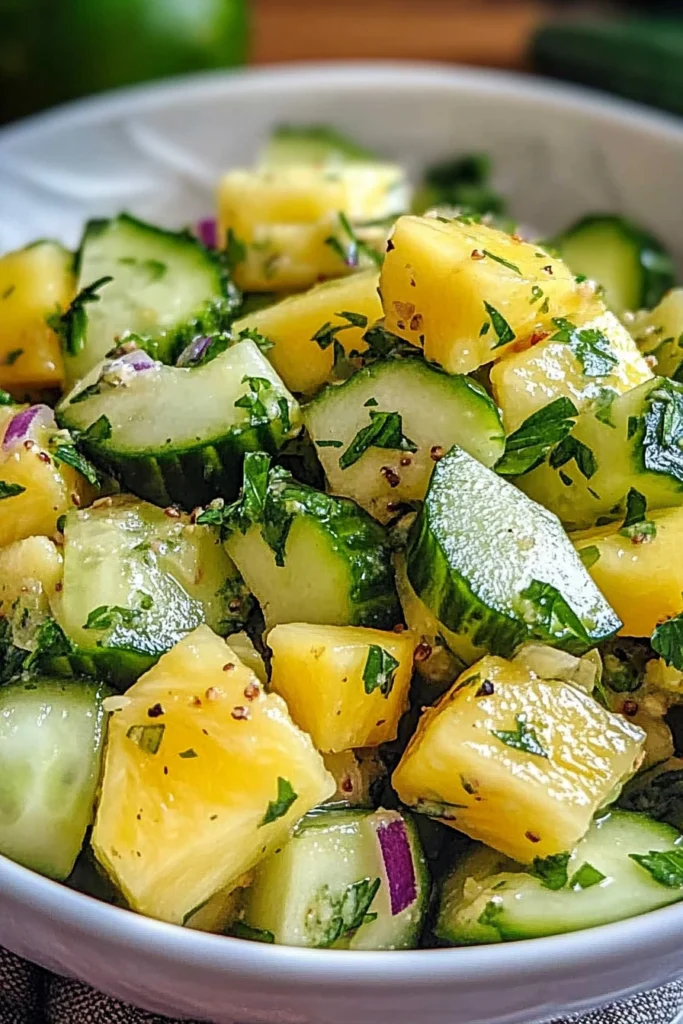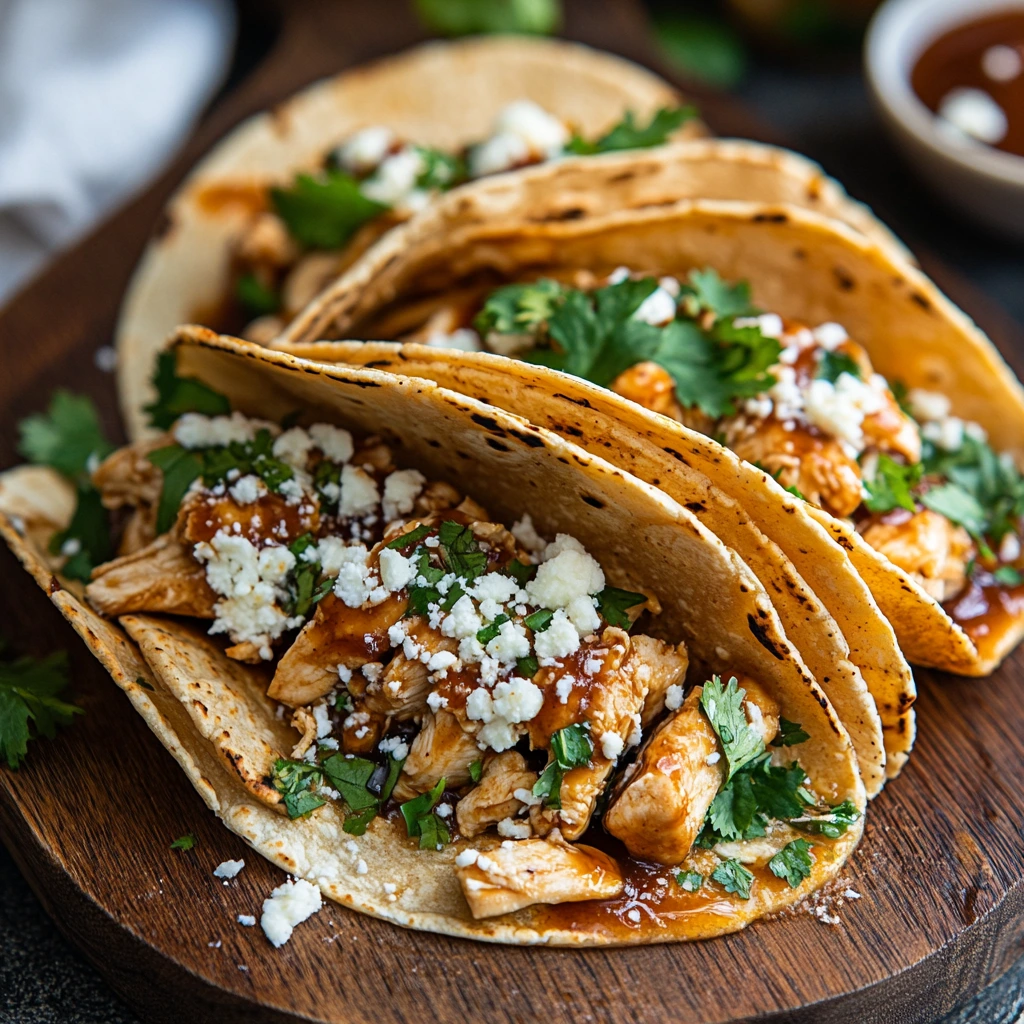Quick, colorful, and packed with nutrients, Vegetable Stir-Fry is one of the most versatile dishes you can cook at home. With its vibrant mix of fresh vegetables, savory sauces, and endless customization options, this dish offers both health benefits and flavor satisfaction. Whether you’re looking for a light weekday dinner, a hearty side dish, or a plant-based meal to impress your guests, stir-frying vegetables is a simple and rewarding technique.
In this comprehensive guide, we’ll dive into everything you need to know about making the perfect Vegetable Stir-Fry: ingredients, preparation tips, cooking methods, and variations. We’ll also look at its nutritional value, pairing options, and why it deserves a place in your weekly meal rotation.
Why Choose Vegetable Stir-Fry?
1. Quick and Easy
Stir-fry dishes typically take less than 30 minutes to prepare, making them perfect for busy weeknights.
2. Nutrient-Rich
Loaded with vitamins, minerals, and fiber, Vegetable Stir-Fry provides a wholesome, nutrient-dense meal that fuels your body.
3. Flexible and Customizable
From seasonal vegetables to different sauces and proteins, you can adapt stir-fry recipes to suit your taste and dietary needs.
4. Family-Friendly
Vegetables become more exciting when sautéed in delicious sauces, making it easier to get kids and picky eaters to enjoy them.
Ingredients for the Best Vegetable Stir-Fry
While you can use almost any vegetables you have on hand, here’s a suggested ingredient list for a balanced, flavorful stir-fry:
-
2 tablespoons sesame oil or olive oil
-
1 medium onion, thinly sliced
-
2 cloves garlic, minced
-
1-inch piece ginger, grated
-
1 red bell pepper, sliced into strips
-
1 yellow bell pepper, sliced into strips
-
2 medium carrots, julienned
-
1 cup broccoli florets
-
1 cup snow peas or sugar snap peas
-
1 small zucchini, sliced into half-moons
-
1 cup mushrooms (shiitake or button), sliced
-
1/2 cup baby corn (optional)
-
3 tablespoons soy sauce (or tamari for gluten-free)
-
2 tablespoons oyster sauce (optional for extra umami)
-
1 tablespoon rice vinegar or lime juice
-
1 tablespoon honey or maple syrup (for sweetness)
-
1 teaspoon chili flakes or sriracha (optional for spice)
-
Sesame seeds and chopped scallions for garnish
Kitchen Tools Needed
-
Wok or large skillet (for quick, even cooking)
-
Wooden spoon or spatula
-
Sharp knife and cutting board
-
Small bowls for prepped ingredients
-
Measuring spoons and cups
Step-by-Step Instructions to Make Vegetable Stir-Fry
Step 1: Prep Your Vegetables
Wash, peel, and slice all your vegetables. Keep them in separate bowls or grouped by cooking time (hard vegetables like carrots and broccoli take longer than softer ones like zucchini and mushrooms).
Step 2: Heat the Pan
Place your wok or skillet over medium-high heat. Add sesame oil and let it heat until shimmering.
Step 3: Sauté Aromatics
Add garlic, ginger, and onions. Stir-fry for 1–2 minutes until fragrant.
Step 4: Cook Hard Vegetables First
Add carrots and broccoli. Stir-fry for 3–4 minutes, allowing them to soften slightly.
Step 5: Add Softer Vegetables
Add bell peppers, zucchini, mushrooms, and snow peas. Stir constantly for another 3–4 minutes.
Step 6: Add Sauces and Seasoning
Pour in soy sauce, oyster sauce, vinegar, and honey. Stir until vegetables are evenly coated.
Step 7: Adjust Flavor
Taste the stir-fry and adjust saltiness, sweetness, or spice levels as needed.
Step 8: Garnish and Serve
Sprinkle sesame seeds and chopped scallions on top. Serve immediately with rice, noodles, or as a side dish.
Variations of Vegetable Stir-Fry
1. Protein Boost
-
Add tofu, tempeh, chicken, beef, or shrimp for a heartier meal.
2. Sauce Alternatives
-
Swap soy sauce with hoisin, teriyaki, or peanut sauce for different flavor profiles.
3. Low-Carb Option
-
Serve over cauliflower rice or zucchini noodles.
4. Spicy Kick
-
Add extra chili oil, sriracha, or fresh Thai chilies for a bold flavor.
5. Seasonal Twist
-
Use seasonal veggies like asparagus in spring, squash in fall, or Brussels sprouts in winter.
Helpful Tips for the Perfect Vegetable Stir-Fry
-
Prep Before Cooking – Stir-frying is quick. Have everything chopped and ready before heating the wok.
-
High Heat is Key – Use high heat to sear vegetables, locking in flavor while keeping them crisp.
-
Don’t Overcrowd the Pan – Cook in batches if needed to avoid steaming vegetables instead of stir-frying.
-
Cut Evenly – Uniform sizes ensure even cooking.
-
Add Sauces Last – To prevent burning, pour sauces after vegetables are nearly cooked.
Nutritional Value (per serving, about 1.5 cups)
-
Calories: 180
-
Carbohydrates: 28 g
-
Protein: 5 g
-
Fat: 7 g
-
Fiber: 6 g
-
Vitamin A: 120% DV
-
Vitamin C: 140% DV
-
Calcium: 6% DV
-
Iron: 10% DV
This makes Vegetable Stir-Fry not just delicious but also an excellent source of antioxidants and essential nutrients.
Pairing Ideas for Vegetable Stir-Fry
-
With Rice: Jasmine, basmati, or brown rice for a classic combination.
-
With Noodles: Toss with soba, udon, or rice noodles for a filling dish.
-
As a Side Dish: Perfect with grilled chicken, baked fish, or tofu.
-
In Wraps: Use as a filling for lettuce wraps or spring rolls.
Conclusion
Healthy, customizable, and incredibly tasty, Vegetable Stir-Fry is a dish you’ll want to cook again and again. Its versatility allows you to use what you have in your fridge, making it budget-friendly and sustainable. Whether enjoyed as a quick dinner, a side for family meals, or a base for creative variations, this dish is a cornerstone of healthy eating.







